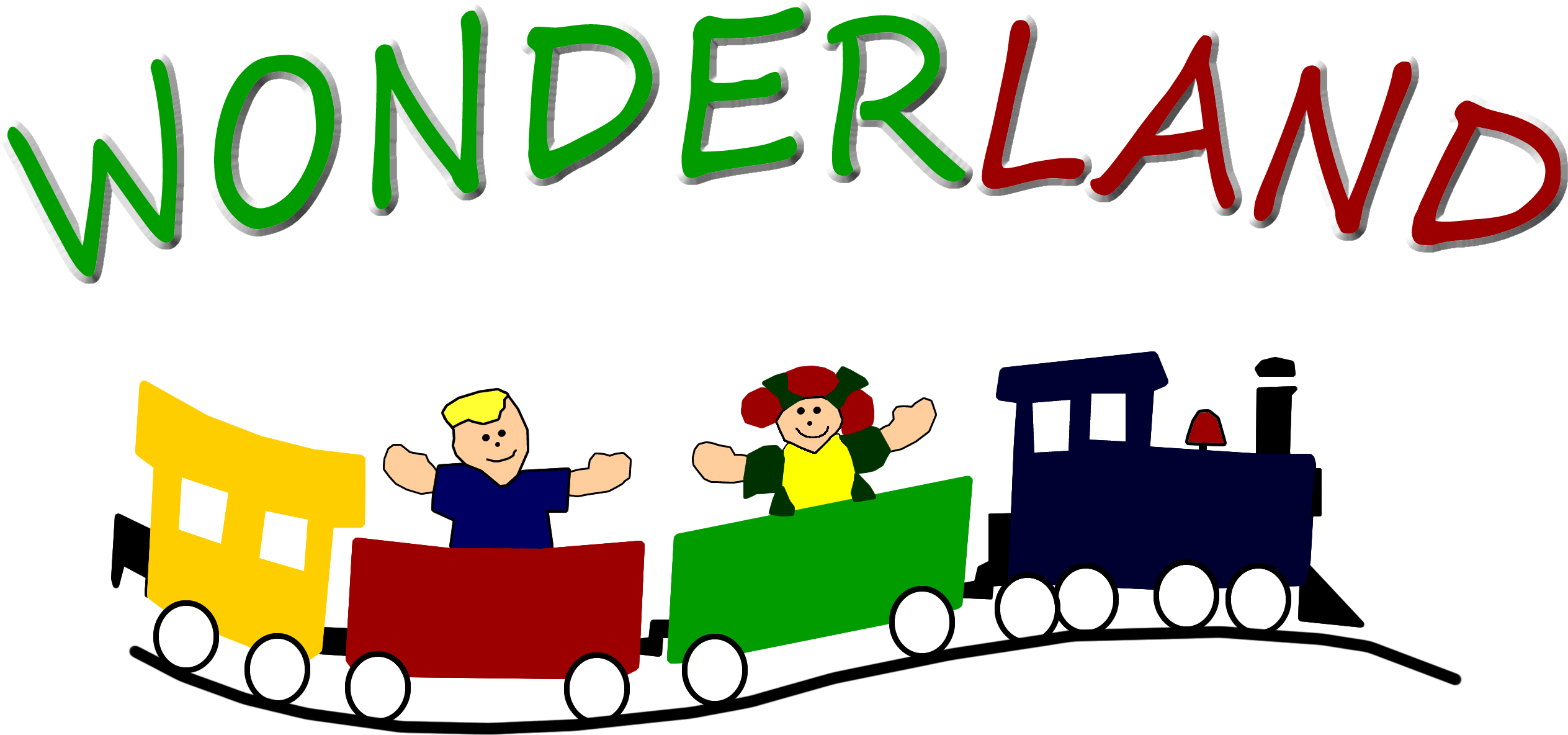

Methodology
Emphasis on Critical Thinking and Problem Solving
Developing critical thinking and problem solving techniques begins at the early stages of development. The students are encouraged to use their thought process to solve everyday occurrences in the classroom. Teachers give students the opportunity to elaborate and explain their ideas, opinions, thoughts, predictions, needs, works of art, and actions. They are also constantly presenting them with questions and situations that enable them to develop their critical thinking and problem solving skills.

Emphasis on Hands on Learning Approach:
Children learn best through play. That is why we enable the students to experience the learning process through the use of manipulative, educational toys, art, music, discovery, blocks, drama, and puzzles. The point is children learn best by being actively involved in the lesson. This involves actually experiencing what is being taught by doing it, seeing it, smelling it, tasting it, touching it, or hearing it.



Daily Exposure to Learning Programs
Art, Circle Time, Music, Discovery, Blocks, Drama, and Quite Area
The children rotate around the learning centers that include art, music, discovery, blocks, drama, and quiet area. Each day the children also participate in circle time. In a typical day, children are exposed to:
Art:
Here students are exposed to clay, finger paint, crayons, markers, color pencils, painting on easels, glitter, crafts, glue, scissors, and encouraged to develop their creative abilities.
Music:
Here students are exposed to different musical instruments, toys that make noise, encouraged to develop their musical abilities, and enjoy the different sounds of music.
Discovery:
Here students are exposed to sand and water tables that give them the opportunity to experiment touching and feeling different objects dipped in sand and water, as well as exposure to other science related activities in order to develop their sense of touch, critical thinking, problem solving, and sense of curiosity.
Blocks:
Here the students are exposed a variety of manipulatives such as wooden blocks, Mega blocks, cars, string beads, Mr. Potato, lego table, and encouraged to develop and use their eye-hand coordination, imagination, visual discrimination, mathematical skills, and analytical skills.
Drama:
Here students are exposed to costumes, hats, props, kitchen furniture & supplies, doctor kits, dolls, cash register & store supplies, puppets, puppet theatre, and encouraged to develop their creativity, role-playing techniques, acting skills, and imagination.
Quiet Area:
Here students are exposed to books, magnetic letters & numbers, puzzles, thinking games & activities, and encouraged to develop their critical thinking, problem solving, cognitive, and reading skills.
Circle Time:
Here students are exposed to literature, songs, hand & body movements, stretching exercises, dancing, acting, and encouraged to tell stories, listen to stories, read aloud, create stories, predict what will happen in a story, and follow directions in order to use and develop their language, listening, cognitive, critical thinking & problem solving, and cooperative group skills, as well as develop their large-motor muscles.
Outdoor & Indoor Play Time:
Here students are exposed to outdoor and indoor play equipment and encouraged to run, play, use their imagination, and get physical exercise in order to develop their large-motor muscles.
Incorporation Character Education
We believe that character education is equally as important as academics. That is why we incorporate lessons and readings that assist in the development of the students’ character as well as model and encourage proper behaviors such as respect, self-esteem, good manners, self-discipline, responsibility, and moral values.
Outdoor Play Ground
Children need to develop their gross motor skills and coordination through movement. We provide the students with both an outdoor and indoor play area in order to enable them to use and develop their gross motor skills and coordination. Students use the play ground equipment and play areas to practice balancing, jumping, stretching, hopping, riding, walking, running, swinging, dancing, sliding, climbing, throwing, catching, crawling, and most importantly having plain old FUN!
